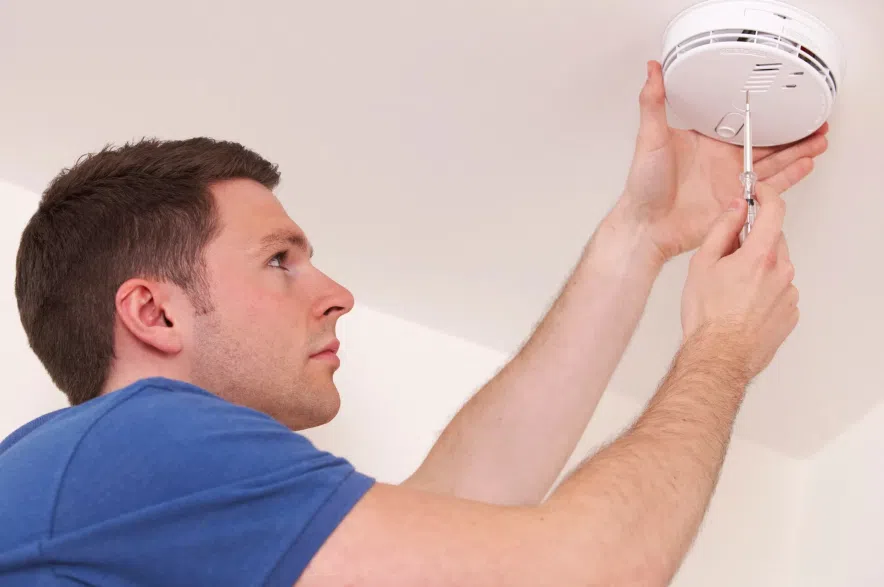The weather is starting to get a whole lot colder, and before we know it, it’ll be freezing.
Chances are you probably already have the heat cranked, blankets out, and some heavier bedding ready to go. While we’re all struggling to compete with the prairie cold, Regina Fire Marshal Randy Ryba says there are some other pressing concerns we should be keeping an eye out for.
Read more:
- Carbon monoxide poisons players at Wakaw hockey tournament: Mayor
- Saskatchewan snowstorm sparks surge in carbon monoxide calls
- Wakaw rink closed again after SHA finds high CO levels in Zamboni
Ryba said that one of their big concerns over the winter months isn’t just fires, but carbon monoxide.
“Carbon monoxide is a big deal. We see an uptick in our calls starting during the heating season, usually September, when people start putting their furnaces on when it gets chilly at night,” said Ryba.
So what is carbon monoxide?
Carbon monoxide is a poisonous and flammable gas. It’s produced when carbon-containing fuels, such as gasoline, wood, or natural gas, aren’t burned completely. Carbon monoxide poisoning is one of the most common types of fatal air poisonings.
Ryba says that while the gas may not seem that threatening, it is very dangerous.
“Carbon monoxide is a silent killer. It’s about the same buoyancy as air, so it moves through the house. It’s odourless, colourless, and our call volumes go up dramatically in the heating season. People actually do a lot of running of vehicles in attached garages. We don’t recommend that; that stuff can scrub into the house and cause issues, for sure,” said Ryba.
There are some new regulations in Saskatchewan intended to protect us from this silent killer. Ryba said that they were just recently introduced.
“For those that don’t know, there are new provincial regulations requiring CO alarms in every residential structure in this province, which obviously includes Regina. So in a nutshell, they want one CO alarm on every level of the home, and they want a CO alarm within 16 feet of all bedroom doors, and that’s very important,” said Ryba.
Even though you can’t smell or see the gas, there are some very noticeable signs you have been exposed to it.
Acute exposure can lead to long-term neurological effects such as cognitive and behavioural changes. Chronic exposure to low concentrations of carbon monoxide can lead to lethargy, headaches, nausea, and flu-like symptoms and, in a worst case scenario, severe exposure can ultimately lead to unconsciousness, coma, and death.
Ryba said that they respond to a lot of carbon monoxide calls.
“We respond to about 150 to 260 calls for service annually — many times there is monoxide in the home due to … chimneys that may have collapsed, and all sorts of issues with water heater furnaces because they’re working overtime in the winter,” said Ryba.
It’s recommended that you change your carbon monoxide alarms out every eight to 10 years.
Read more:











